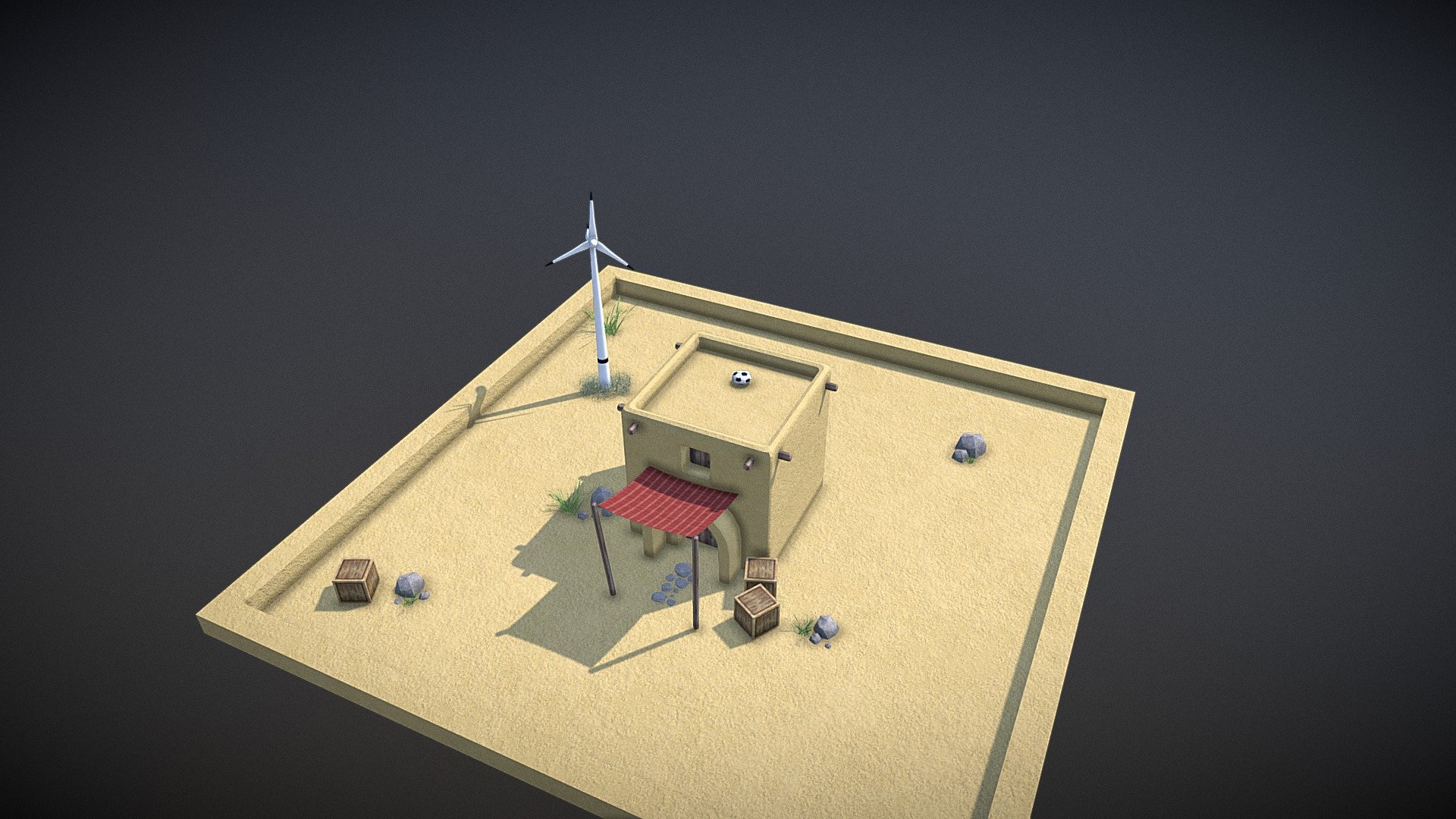
n10216758 KNB127 3D Workflow Assessment
sketchfab
The human body is a complex and highly adaptable entity. It has the unique ability to repair itself from injuries and infections, and it also has an incredible capacity for regeneration. However, this remarkable regenerative power can sometimes lead to the formation of new tissues in places where they are not needed. This phenomenon is known as heterotopic ossification (HO), a condition that causes bone tissue to grow outside of the skeleton in abnormal locations such as muscles and tendons. In most cases, HO occurs after trauma or surgery. When soft tissues are damaged, the body's natural repair process can sometimes go awry, resulting in the formation of bone tissue in unexpected areas. This can cause a range of problems, from pain and stiffness to limited mobility and difficulty walking. HO is often associated with conditions such as Parkinson's disease, spinal cord injuries, and multiple sclerosis, although it can also occur in people without any underlying medical conditions. In some cases, HO may be caused by genetic mutations that affect the development of bone tissue. The exact causes of HO are still not fully understood, but researchers believe that a combination of genetic, environmental, and lifestyle factors contributes to its development. Understanding the mechanisms behind HO is crucial for developing effective treatments, which can range from medication to surgery. Researchers have discovered that certain genetic mutations can increase an individual's risk of developing HO. These mutations affect genes involved in bone formation and regulation, leading to abnormal bone growth outside of the skeleton. Environmental factors such as physical trauma or repetitive strain injuries may also trigger HO in susceptible individuals. In addition to genetic and environmental factors, lifestyle choices can play a role in the development of HO. For example, people who engage in high-impact activities such as contact sports or heavy lifting may be more likely to develop HO due to repetitive strain on their muscles and joints. Researchers are working to develop new treatments for HO, which can vary depending on the severity and location of bone growth. In some cases, medication may be prescribed to slow down or stop abnormal bone growth, while in other cases surgery may be necessary to remove excess bone tissue. Early detection and treatment of HO are crucial for preventing long-term damage and improving quality of life. By understanding the causes of HO and developing effective treatments, researchers aim to help individuals affected by this condition lead more active and healthy lives. HO affects people of all ages, from young children to older adults. It can occur suddenly or develop gradually over time, and it may be associated with other medical conditions or injuries. While some cases of HO are mild and do not require treatment, others can cause significant pain, disability, and emotional distress. By studying the biology of bone growth and development, researchers hope to uncover new insights into the causes and mechanisms behind HO. This knowledge will help them develop more effective treatments and improve outcomes for individuals affected by this condition.
With this file you will be able to print n10216758 KNB127 3D Workflow Assessment with your 3D printer. Click on the button and save the file on your computer to work, edit or customize your design. You can also find more 3D designs for printers on n10216758 KNB127 3D Workflow Assessment.
